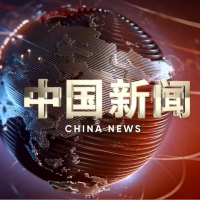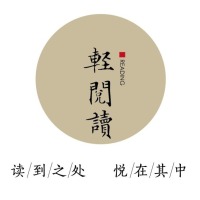



















Philippines illegally trespassed on China’s Tiexian Jiao before Spring Festival: An opportunistic attempt completely failed
On January 24, the Philippine vessels No. 3003 and No. 3004, supported by the Philippine Coast Guard (PCG), trespassed into the maritime area near the Tiexian Jiao (Sandy Cay) in the Nansha Qundao of China, with the intention of boarding the reef and conducting“a scientific survey”. China deployed ships and aircraft to take control measures including warnings and blocks. Immediately after the incident, the PCG released videos of the scene and claimed that China had“harassed”Philippine fishing vessels and forced them to cancel the operations. The Chinese Coastal Guard (CCG) issued a statement that China enjoys sovereignty over the Nansha Qundao and the adjacent waters, including the Tiexian Jiao. The CCG spokesperson said that the Philippines' intrusion was illegal and China would firmly safeguard its rights and interests.
It should be noted that the intrusion by the Philippines has undoubtedly violated China's territorial sovereignty and maritime rights and interests, which is not in conformity with international law, including the United Nations Convention on the Law of the Sea, as well as China’s domestic law. It contravenes the requirements of the Declaration on the Conduct of Parties in the South China Sea, such as the need for self-restraint, and is also contrary to the basic consensus of the countries in this region on the maintenance of peace and stability in the South China Sea. This attempt not only reflects the Philippines’disdain for international law and regional consensus, but also reveals its ulterior motives and intransigence in bringing disorder to the South China Sea.
As a matter of fact, such unreasonable provocation by the Philippines has long been nothing new, but what is more noteworthy in this incident is the timing of the Philippine incursion on Tiexian Jiao. The reasons why the Philippines chose the current time point to“reuse”the trick and“replay”the show that lack novelty are not difficult to identify.
First, it believes that the Chinese government and the CCG may relax their vigilance around the Chinese New Year, so that its intrusion can escape from containment and countermeasures, and achieve "better effects". The second is to create hot spots for the topic of the South China Sea Dispute, to attract the attention of domestic and foreign people and media, which helps build momentum for the Marcos administration's midterm elections, and divert the domestic tensions that have been quite intense.
However, the Philippines may never succeed in its intentions.
On the one hand, China has long been familiar with all forms of tricks of the Philippines over the past period of time, and has prepared a series of response plans. Facts have proved that the Philippines is at its wits’end and has to repeat the old drama again and again. Therefore, no matter what time and place the Philippines carries out its infringement activities, it is not likely to be exempted from China's countermeasures.
On the other hand, dealing with the Philippines’countless unreasonable acts, China always adheres to the starting point of being responsible for regional peace and stability, maintains professional and insists on control and management in accordance with international law and its domestic law. Simultaneously, China keeps communication through diplomatic channels and actively cooperates with all parties in the South China Sea region to jointly reduce the tension.
China will stick to its strategy and firmly safeguard its territorial sovereignty and maritime rights and interests in accordance with the law. It is conceivable that the Philippines’speculative behaviour of turning black and white before the international community, and its attempts to fuel the South China Sea issue with the intention of diverting domestic conflicts and political pressure will be nothing more than a delusion.
(Author: Chen Xidi, China Institute for Marine Affairs)



















